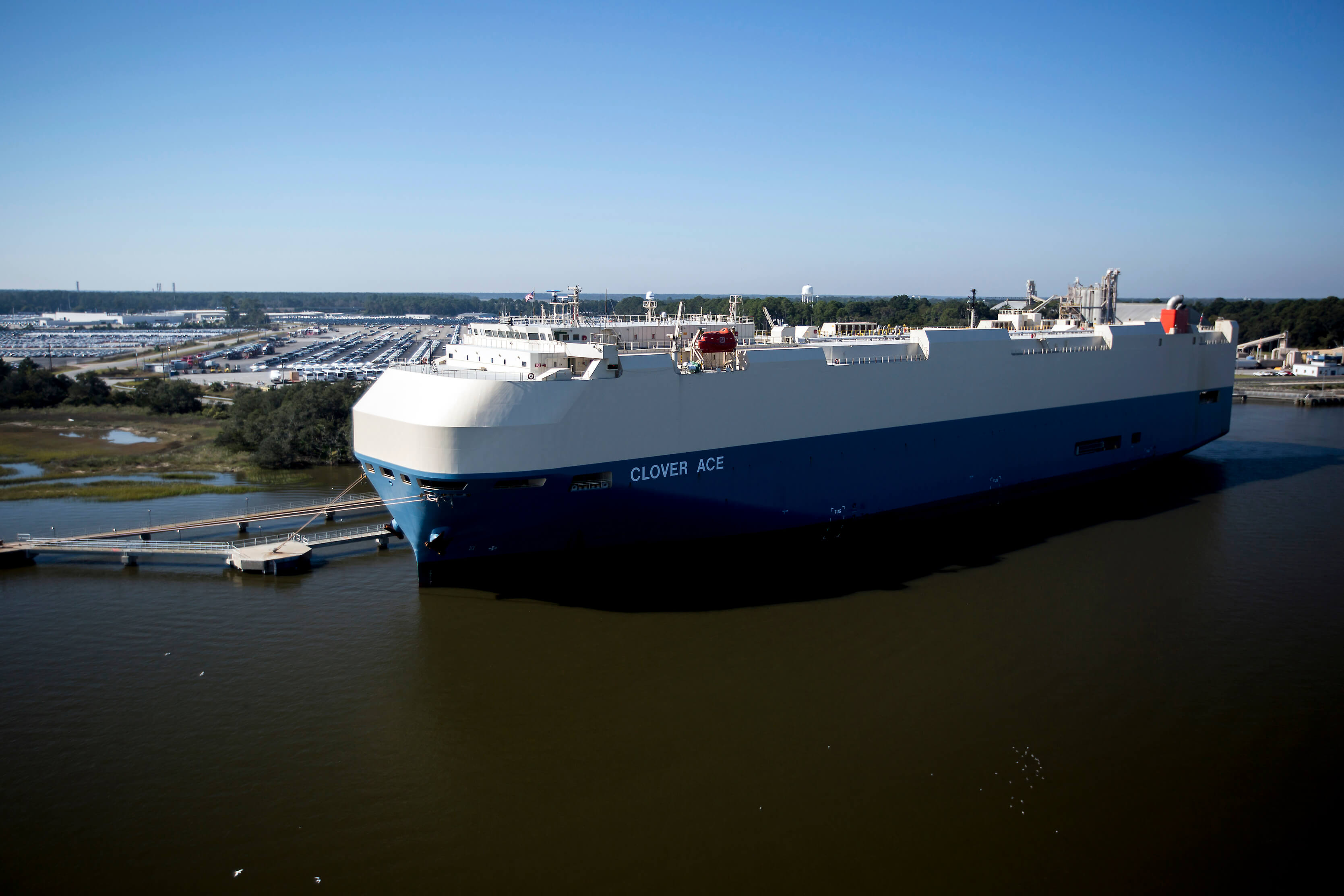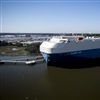The annual volume of vehicles currently built in Mexico is approximately 3.2 million. With planned expansions of manufacturing facilities, production levels will increase to over 5 million vehicles per year by 2018. This expansion will mean a growing need for both rail and short-sea transit to reach the U.S. markets.
To accommodate this growth, the government of Mexico and private companies are set to improve road and rail systems to the ports of Veracruz, Tuxpan, Altimira and Tampico. Mexico’s transport and communications ministry is developing 25 port projects across Mexico, constituting an investment of more than $4.1 billion.
Marine terminal operator SSA Mexico is the largest finished automobile stevedore in the port of Veracruz and handles over 50 percent of the port’s overall volume. They are expanding the capacity to handle vehicles at the ports of Veracruz and Tuxpan. This will make both ports very strategic in the movement of imported or exported vehicles. Projects will include paving at the ports to stage vehicles, vessel berths, and improvements to roads and rail from the OEM plants to the ports.
Rail development is important in Mexico, as rail capacity is tight and will remain so because of increased production by the OEMs. Both the CSX Transportation and the Norfolk Southern railroads are building additional rail cars to haul more vehicles to the U.S. However, with the volume of vehicles destined for the U.S. market there will be room for both rail and short-sea shipments.
Presently, MOL ACE offers weekly service to and from Brunswick and Veracruz. Look for short sea solutions to remain competitive despite Mexico’s planned improvements in surface transportation. In fact, as the various port improvements come online, more short sea shipments of vehicles from Mexico into the U.S. are likely.
GPA continues to expand its Colonel’s Island auto port in Brunswick, Ga., to handle more import and exported vehicles as well as other types of Ro-Ro cargoes. At the Anguilla Junction Rail Yard, where CSX and Norfolk Southern railroads interchange with the Golden Isle Terminal Rail Road, an additional, 740 feet of rail track became operational in October 2015. This brings the total rail track in this rail yard to 39,039 feet. The Golden Isle Terminal Rail Road is the delivering carrier to the Myd Harris Rail Yard with an additional 15,010 feet of rail track in this rail yard on Colonel’s Island. Additional rail track is available for the movement of rail cars around the terminal.
The permit for a fourth vessel berth at Colonel’s Island Auto Port has been submitted to the U.S. Army Corps of Engineers for their review. Further, the Georgia Ports Authority Board has approved the development and paving of 67 acres at the Colonel’s Island Auto Port. This will bring the total acres paved for vehicles to 496. The first 20 acres will be operational in July 2016 and the additional 47 acres will be operational in the first quarter of 2017.
Also planned for development in the near future is a 63-acre rail loading/unloading ramp on Colonel’s Island to augment the present rail infrastructure there. The U.S. Army Corps of Engineers has approved for development a total of 742 acres. Of the 742 acres, 605 acres are for paving, 63 acres are for rail expansion, and 74 acres will be for road and other infrastructure.
There is room to grow on Colonel’s Island as the OEMs expand their requirements in the Southeast and Midwest U.S.

